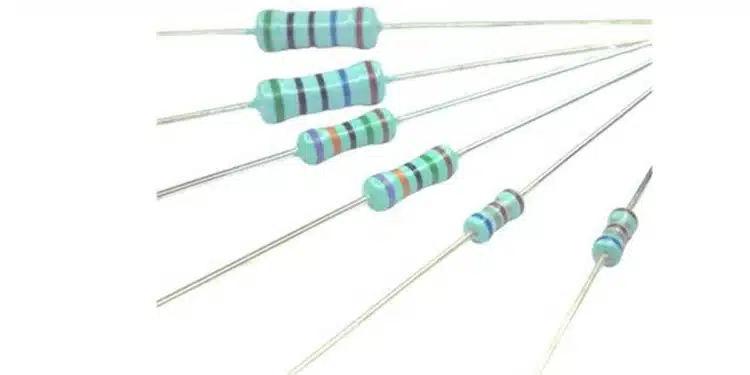Stackpole unveils HVA series axial leaded high voltage resistors with resistance value up to 1GOhm, combining innovative metal film resistor technology with cost-effective manufacturing to deliver reliable, high-performance solutions at competitive prices.
Designing electronics that require high voltage axial leaded resistors can be challenging due to limited product availability and high costs.
The HVA offers a broad resistance range from 1MΩ up to 1GΩ in tolerances as low as 1% and temperature coefficient (TCR) of 200 ppm.
With Voltage Coefficient of Resistance (VCR) as low as 20 ppm/V, the HVA Series ensures superior stability in demanding high-voltage applications.
The voltage and power ratings for the HVA by size are as follows:
- HVA05: 0.5 watt, 6 mm L by 2.5 mm D size, 3500 V working volts
- HVA08: 0.8 watt, 8.5 mm L by 3 mm D size, 7000 V working volts
- HVA12: 1.2 watt, 11 mm L by 4 mm D size, 8000 V working volts
The HVA is ideal for high voltage sensing and instrumentation, measurement and instrumentation, as well as medical applications. Pricing for the HVA varies with size, value, and tolerance and ranges from $0.09 to $0.25 each in full package quantities.
Features:
- High resistance for high voltage circuits
- High voltage handling in small package size
- Metal film technology
- More economical than comparable high voltage resistors
- VCR less than 20 ppm/V
- RoHS compliant, REACH compliant, and halogen free































